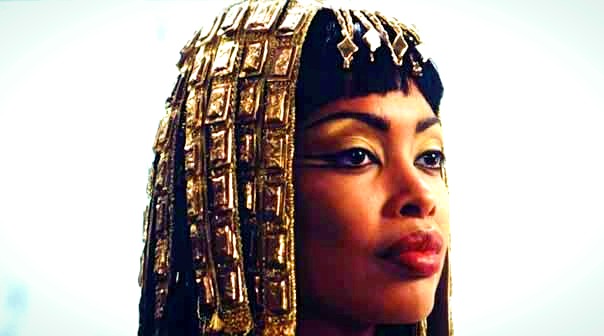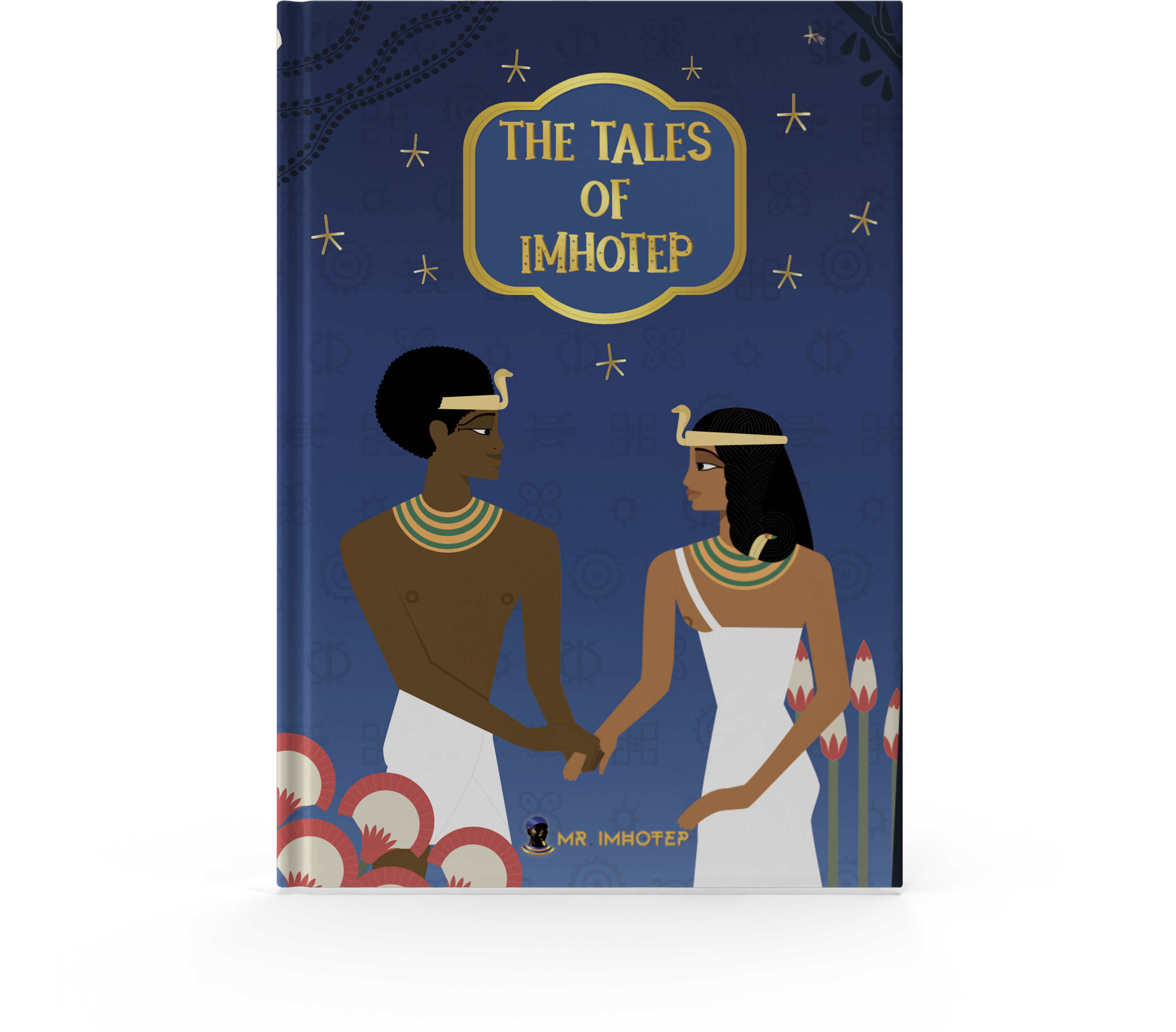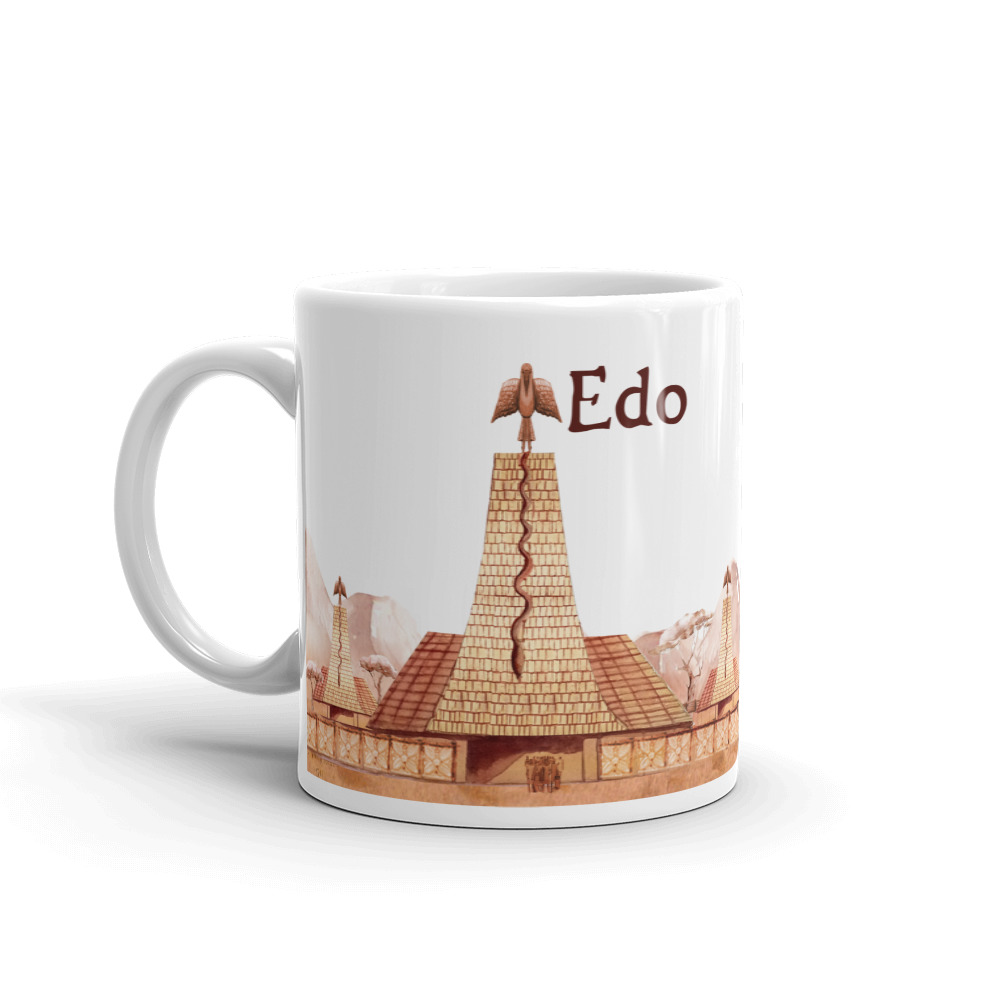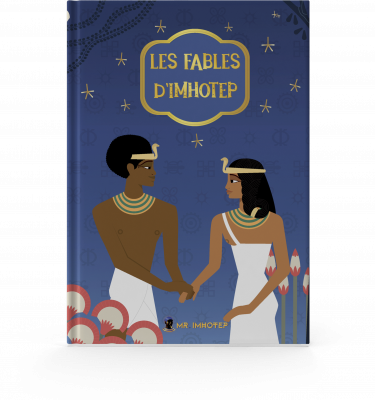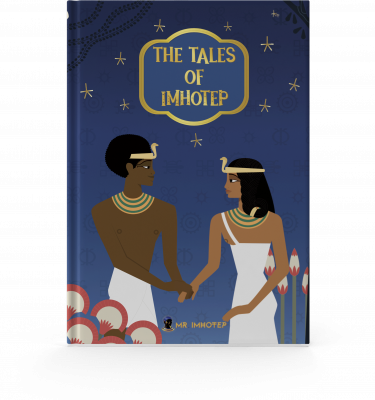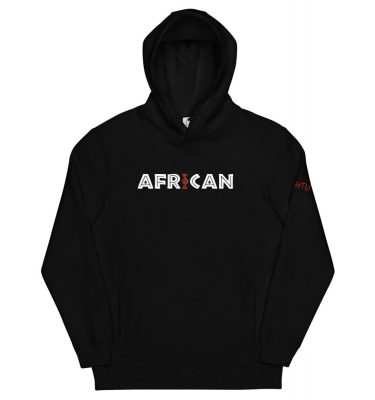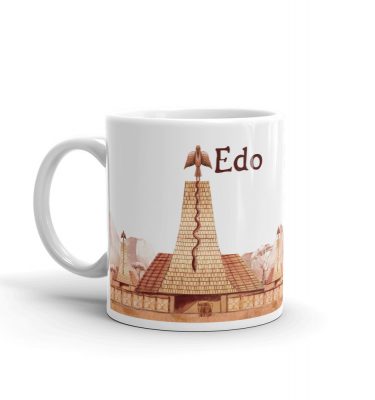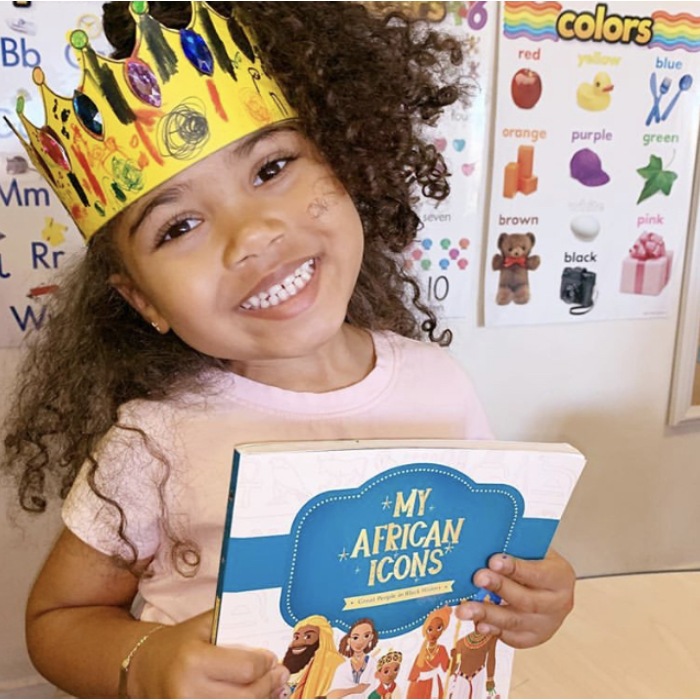We probably live one of the most special eras in World History. Today, there are more inventions during a single day than during a decade, 20 years ago. And these innovations spread at a speed never seen before. People all over the globe share the same practices instantly and this, even when they originally have completely opposite backgrounds. There are almost no cultural boundaries anymore. And this happens so quickly that most of the time we ignore the origins of these trends and inventions. And this combined with cultural appropriation leads to a global confusion when people wonder who were the original inventors. In this article, you will see that some of the hottest trends that are today associated with non-African women all over the globe have actually been launched by African women or men.
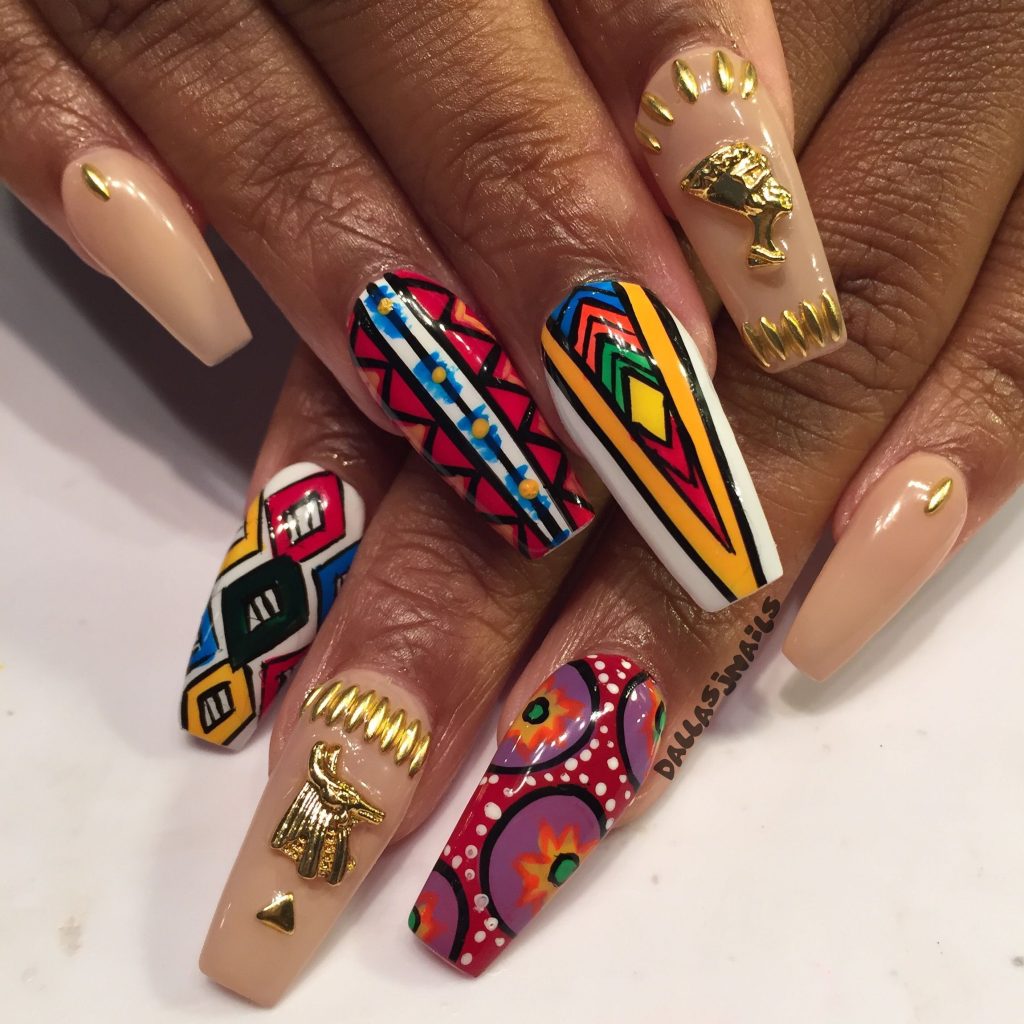
Nail polish
Among the biggest trends today, there is nail polish. It can be seen all over the internet and especially on Instagram, where all types of eccentricity are allowed. Many people tend to associate it with Asian women, especially because many nail shops belong to people from that community. But the truth is that it probably started with African women. The nobility and royal women of Kemet already practiced it many thousand years ago. But contrary to what can be seen today, their style was more natural. They opted for fingernails stained bright orange or red with henna dye. It was made from a bright orange-red powder extracted from the dried leaves of the henna tree. It was then mixed with water to form a paste. Henna was very popular in ancient African cultures and still is. It was also used as natural hair dye, so the bold-red hair trend is not a new one either and is also probably African in origin.
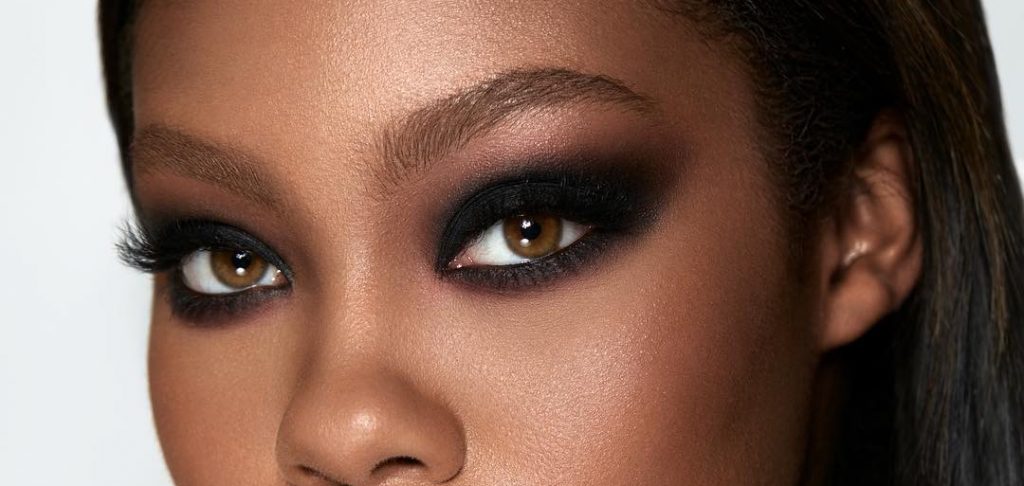
The iconic smokey eye
When one thinks about ancient Kemet, one of the most striking elements that catch people’s attention is the makeup. Something that would be considered feminine today, was worn by women and MEN in ancient Kemet. Indeed, the Africans of Kemet were the ones who created that iconic look. Similar to today, they used a combination of eyeliner, mascara, and eyeshadow to create a dark, smudged effect – which now has hundreds of thousands of YouTube tutorials on how to get the look. They used kohl in these ancient times, in order to accentuate their eyes by tracing the shape with a thick black line. A paper published by the Royal Society of Chemistry explains that Kohl was made up of natural ingredients, principally charcoal and galena (a lead-based substance) with green malachite (a copper carbonate mineral) used for a splash of green eye paint. They also believed that applying makeup helped them to cure various eye diseases and protected their eyes.”
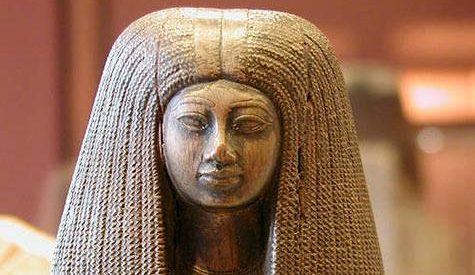
Hair extensions
During excavations, scholars are used to discovering loose human hair in archaeological sites and in the tombs. And according to an article published in the Journal of Egyptian Archaeology, these findings are wigs and hair extensions. They were very common in Kemet, as it still is today among African women. Women used human hair to make their extensions and wigs, but later they started to incorporate horsehair too.
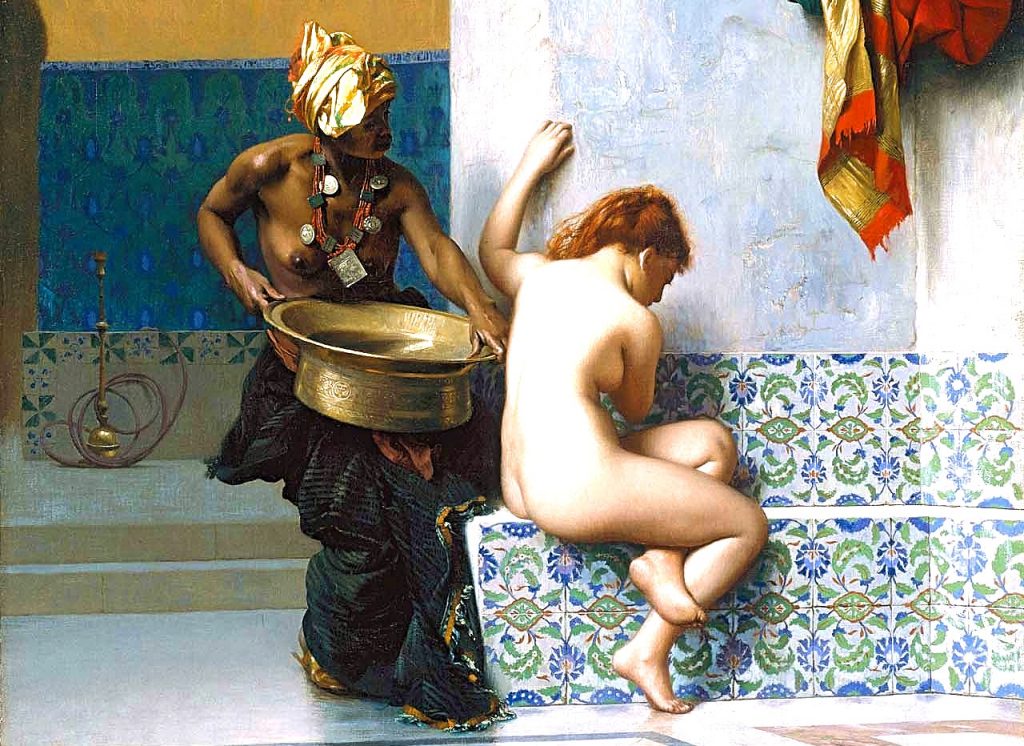
The Turkish bath
This one is a perfect example of an African invention that is today associated with non-African people. Even the name leads directly to modern Turkey. It’s true that the traditional Ottoman-style bath originated in Turkey, but the ham mam is a long-standing element of the African culture. It was heavily used in Morocco, for example. Furthermore, it was probably introduced in Europe by the African Moors, who brought several innovations to the continent when they invaded the region (Spain). Today, people use expressions like “the hammam experience“ & It is seen as trendy & classy, but most people will never imagine that it is African in origin. Before the Moors, Cleopatra was already known for her milk and honey baths, which, were believed to be good to combat aging, moisturize and exfoliate the skin.

Rouge
Once again we go back to the Kemites who were the original beauty experts. They created rouge from red ochre, a clay earth pigment, and applied it with a brush. It could be left in the sun or burned for more vivid color, or mixed with resin to ensure a longer-lasting effect. Reds and oranges were the primary shades of choice, but yellow and purple hues were also worn as lip stains. Red ochre smeared on the cheeks offered useful daily skin protection against desert conditions. Sir John Gardner Wilkinson writes in The Manners and Customs of the Kemites that another natural pigment involves burnt almonds used to fill in the eyebrows. When I see this, I always try to imagine how advanced the ancient Africans of the Nile valley looked to all the other people on this planet. Because that level of sophistication is still chic today, almost 7,000 years later.”
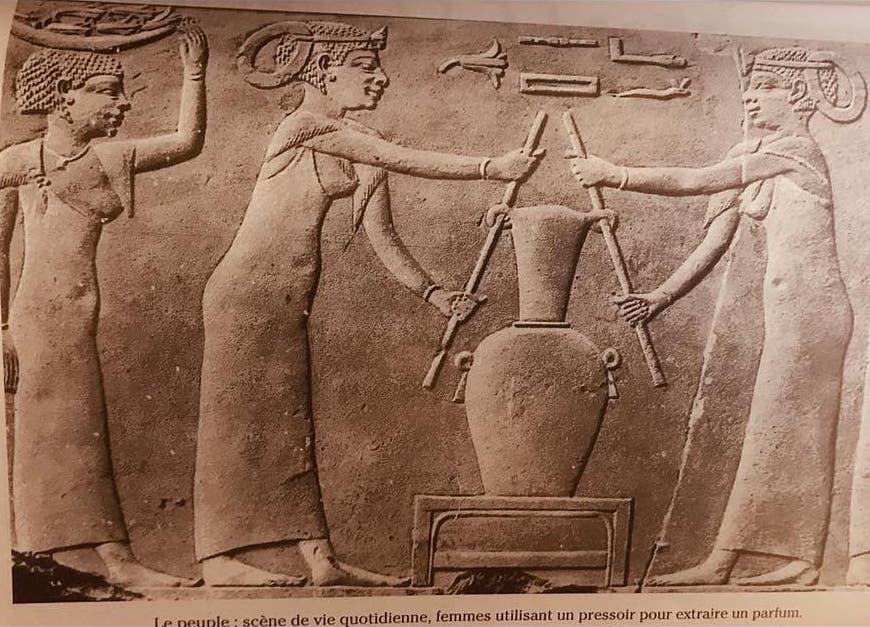
The Perfume
In ancient Kemet, Nefertum was the god of the lotus blossom who emerged from the primeval waters at the beginning of time and a god of perfume and aromatherapy. In other words, he was the god of perfume. And when you combine the fact that one of the oldest civilizations on earth possesses a very ancient god of perfume, we can assume that these people are the ones who started that trend or at least popularized it. The perfume was made from tree resin and holds a special place in ancient African cultures. Today the biggest perfume brands are located in Europe and America, but that practice has been invented by the Africans. The Kemites had their own fragrances, prepared with myrrh, saffron, cinnamon, cardamom, or frankincense. You can see how these African women were making their perfume in the following image.”
All of these inventions that are trendy today came from the minds of the black Africans who lived at that time in North Africa. Today, many people may tell you that it came from the “Middle East”, but it’s important to know that what they call the Middle East does not exist. It is an invention of European scholars in order to separate the great civilization of Kemet from the black people of Africa and to connect it to Asia. They could not accept the fact that black Africans started that civilization that influenced tremendously the world.
Today, all the sources already proved that those who built the civilization of Kemet came from the inside of the African continent and not from the Middle East. And the original people of these regions today called the Middle East were seen as foreigners and enemies by the Kemites. So, trying to connect that civilization to Asia by creating a region called the Middle East, and creating a race of people called the Hamitic race that clustered the people from the Arabian Peninsula and the North East of Africa is irrelevant. That theory is null.

